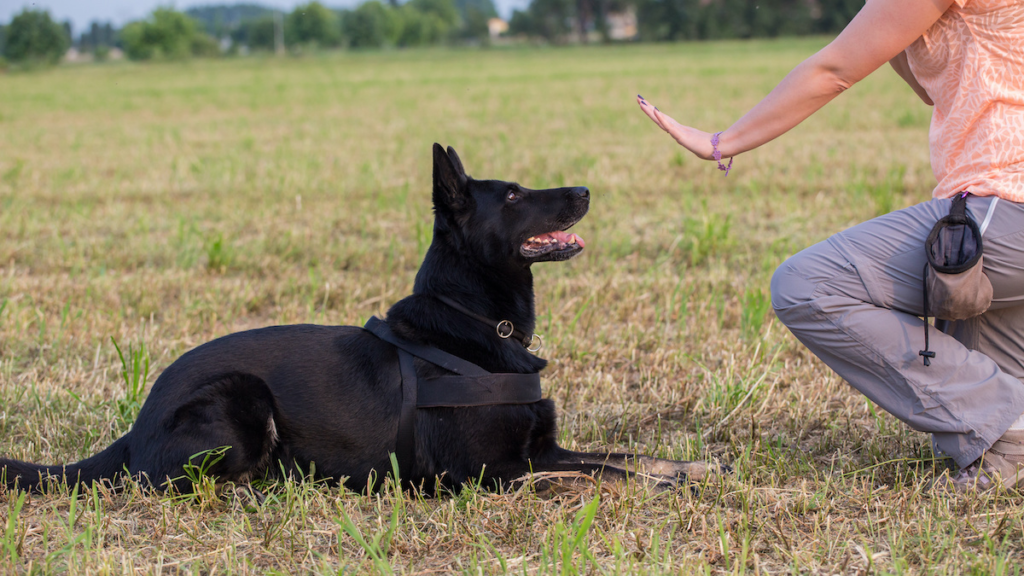Overcoming Challenges in Deaf Dog Training: Training Tips
Introduction
Deaf dog training can present unique challenges, but with the right approach and understanding, it is possible to overcome these obstacles and establish effective communication with your furry friend. In this article, we will explore various training tips specifically designed for deaf dogs, allowing you to build a strong bond and ensure their well-being.
Table of Contents
Understanding Deafness in Dogs
Before diving into training techniques, it is crucial to understand the nature of deafness in dogs. Deafness can be congenital or acquired, and it may affect one or both ears. Dogs with congenital deafness are often born that way, while acquired deafness can be caused by factors such as age, injury, or illness. Recognizing the type and extent of deafness in your dog will help you tailor your training methods accordingly.
Visual Communication

Since deaf dog training cannot rely on verbal commands, visual communication becomes essential. Incorporate hand signals into your training routine to establish clear cues for your dog. Consistency is key here, as you need to ensure that each command is paired with a specific hand signal. For example, raising your hand palm-up could indicate “sit,” while pointing to the ground could mean “lie down.” Be patient and reinforce these signals consistently to help your deaf dog understand and respond to your commands.
Positive Reinforcement
Positive reinforcement is a vital aspect of training any dog, and it holds particular importance when working with deaf dogs. Use rewards such as treats, praise, and petting to motivate and reinforce desired behaviors. When your deaf dog follows a command or exhibits good behavior, immediately reward them. This positive association will encourage them to repeat the behavior in the future. Avoid punishment-based training methods, as they can create fear and confusion in your deaf dog training.
Vibrations and Signals
In addition to visual cues, you can utilize vibrations and signals to enhance communication with your deaf dog training. For instance, you can stomp your foot on the ground to create a vibration that catches your dog’s attention. Alternatively, you may use a flashlight to emit a quick, gentle pulse of light as a signal for your dog to come to you. By associating these unique signals with specific commands, you can strengthen the line of communication and improve training outcomes.
Using Visual Aids
Incorporating visual aids can further support deaf dog training. For example, using a visual marker, such as a clicker or a thumbs-up sign, can help reinforce positive behaviors. Pair the marker with rewards to establish a clear connection in your dog’s mind. Additionally, you can use visual aids like target sticks or brightly colored toys to guide your dog during training exercises. These aids provide a clear visual target, making it easier for your deaf dog to understand what is expected of them.
Tailoring Training Methods

Each dog is unique, and this applies to deaf dogs as well. Tailor your training methods to suit your deaf dog training individual needs and preferences. Some deaf dogs may be more visually oriented, while others may respond better to vibrations or specific scents. Observe and adapt your training techniques accordingly. By understanding and respecting your dog’s strengths and limitations, you can create a training environment that optimizes their learning potential.
Deaf dog training is a rewarding journey that requires adaptability and creativity. By embracing visual communication, positive reinforcement, and utilizing visual aids, you can effectively overcome the challenges associated with training a deaf dog. Remember to tailor your approach to suit your dog’s individual needs, provide ample socialization and mental enrichment, and seek professional guidance when necessary. With patience, understanding, and the right training techniques, you can empower your deaf dog to thrive and become a well-behaved and happy companion. Start your training journey today and witness the remarkable transformation in your deaf dog’s behavior and quality of life.
Socialization and Enrichment
Deaf dog training like any other dogs, need proper socialization and mental stimulation. Engage in activities that expose them to various environments, people, and other animals. This exposure helps them become well-rounded and confident. Encourage positive interactions, monitor their body language, and provide them with plenty of playtime and mental enrichment activities. A well-socialized and stimulated deaf dog is more likely to exhibit good behavior and respond effectively to training.
Seek Professional Guidance

If you are struggling with deaf dog training or encountering specific challenges, seeking professional guidance can be immensely helpful. An experienced dog trainer or a veterinary behaviorist who specializes in working with deaf dogs can provide valuable insights and personalized training plans. They can assess your dog’s behavior, address any underlying issues, and guide you through the training process. Remember, professional assistance can significantly enhance your deaf dog’s training progress.
Conclusion
Deaf dog training requires patience, consistency, and a deep understanding of their unique needs. By implementing visual communication, positive reinforcement, and incorporating specialized training techniques, you can overcome the challenges associated with deafness. Tailor your approach to suit your dog’s individual needs, provide socialization and enrichment, and seek professional guidance when needed. With dedication and the right training methods, you can establish a strong bond with your deaf dog training helping them to lead a fulfilling and enriched life.
Learn about: Unleash the full potential of your furry companion with Noble Beast Dog Training‘s expert guidance for a journey to success


